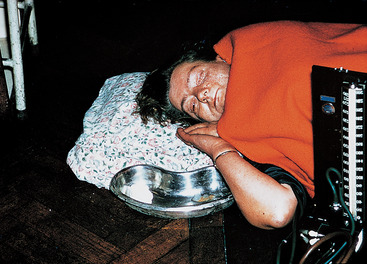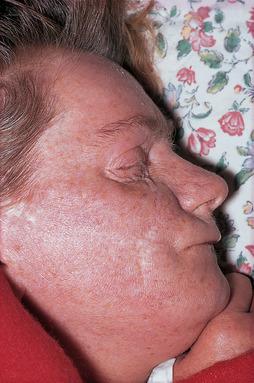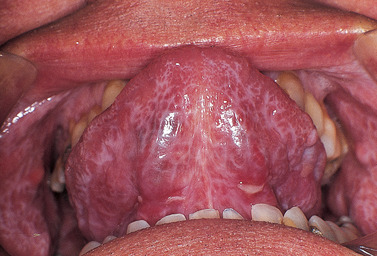CHAPTER 35. Complications of systemic drug treatment
About 10% of ambulant outpatients may be having systemic drug treatment. Though not a common source of difficulties, some drugs can complicate dental management, occasionally catastrophically (Table 35.1). Drugs abusers are also a growing clinical problem. The effects of systemically administered drugs on dental management are varied (Box 35.1).
| aBenzodiazepines (‘minor tranquillisers’) have few adverse effects apart from sedation, additive effects with other CNS depressants, and slight respiratory depression which is not signi. cant in normal persons. However, they are addictive. |
|
| bDo not cause signi. cant interactions with adrenaline (epinephrine) in local anaesthetics. |
|
| Type of drug | Dentally relevant adverse effects |
|---|---|
| Antibiotics | |
| Anticoagulants | Risk of postoperative haemorrhage |
| Calcium channel blocker antihypertensives (e.g. nifedipine) and diltiazem (an antidysrhythmic) | Gingival hyperplasia |
| Phenytoin |
Gingival hyperplasia
Lymphadenopathy occasionally
Folate deficiency occasionally
|
| Aspirin |
Potentiation of any haemorrhagic tendencies
Avoid in children because of risk of
|
| Other non-steroidal anti-inflammatory analgesics | Oral lichenoid reactions rarely |
| Hypnotics and sedativesa | Potentiation of general anaesthetics and other sedating drugs |
| Barbiturates | Risk of erythema multiforme |
| Phenothiazine antipsychotics (‘major tranquillisers’) |
Dry mouth
Tardive dyskinesia (uncontrollable facial movements)
Parkinsonian tremor
Postural hypotension
Oral mucosal pigmentation
|
| Metoclopramide | Clenching of jaw muscles |
| Tricyclic antidepressants (e.g. amitriptyline) b | Dry mouth |
| Monoamine oxidase inhibitorsb |
Dry mouth
Dangerous interactions with opioids, particularly pethidine
|
| Insulin | Risk of hypoglycaemic coma |
| Antihistamines |
Dry mouth
Drowsiness
Potentiate sedatives
|
| Corticosteroids |
Opportunistic infections
Risk of circulatory collapse (see also Box 31.10)
|
| Other immunosuppressive and cytotoxic drugs |
Oral ulceration (especially methotrexate)
Opportunistic infections
Cisplatin can cause grey gingival line
Vincristine can cause jaw pain and weakness of the facial muscles
|
| Ciclosporin | Gingival hyperplasia |
| Bisphosphonates | Necrosis of mandible and maxilla (see Ch. 6) |
 |
| Fig. 35.1
Collapse caused by type I hypersensitivity to penicillin.
|
 |
| Fig. 35.2
Hypersensitivity to penicillin. There is a generalised slight oedema of the face, pallor and a macular rash.
|
Box 35.1
Significance of (conventional) drug treatment to dental management
• Drugs may complicate dental treatment itself (Table 35.1)
• Drugs may react with drugs given for dental purposes
• Drugs may cause stomatitis (Ch. 13) or have other oral effects
Stay updated, free dental videos. Join our Telegram channel

VIDEdental - Online dental courses



